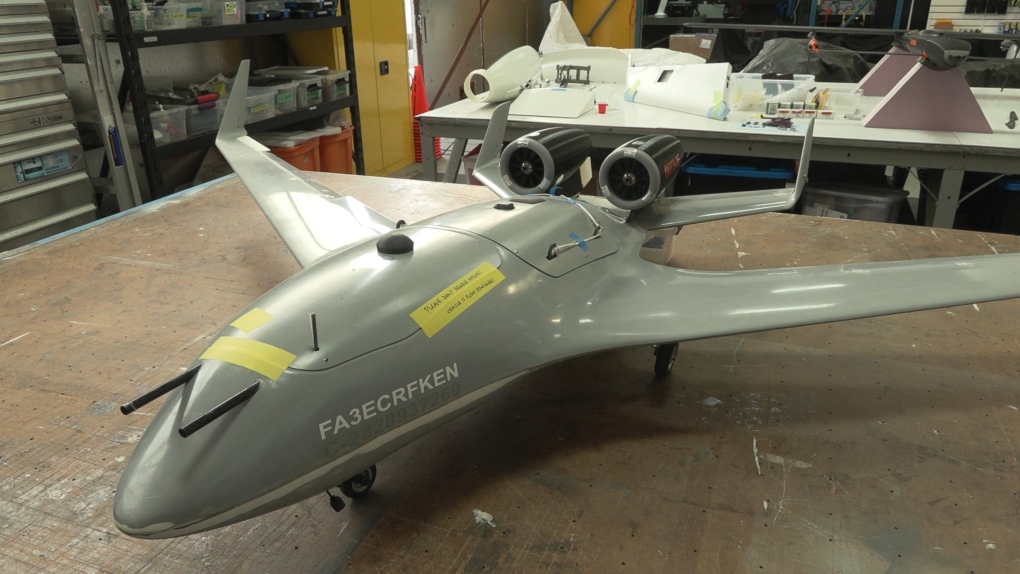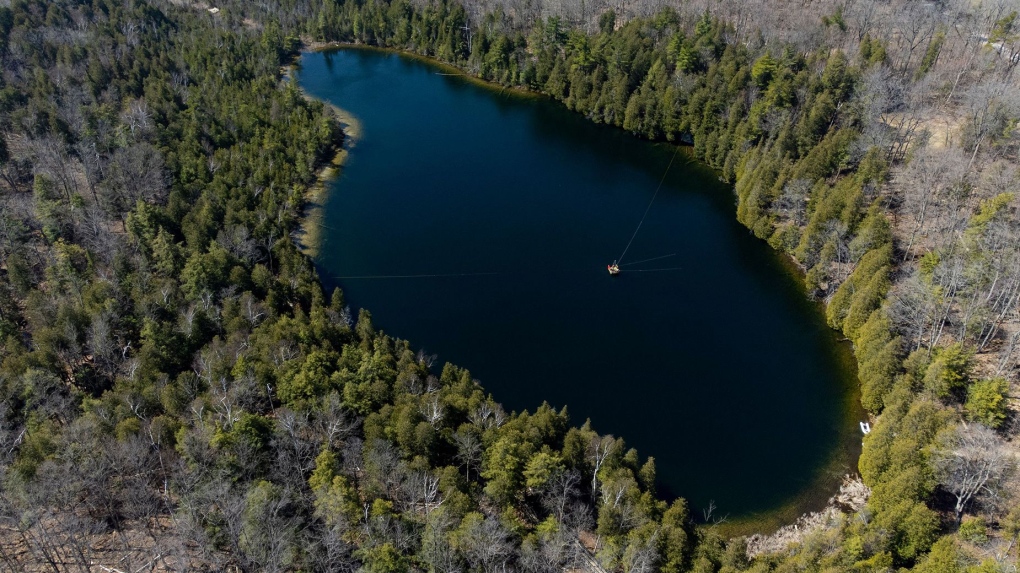The design of an experimental flight test vehicle at the University of Victoria’s Centre for Aerospace Research in North Saanich is looking to change the face of business jet aviation around the world.
“It is basically pushing the envelope,” said Afzal Suleman, director of the research centre.
Suleman says key design features are looking to reduce the aircraft’s emissions by 50 per cent.
The difference that sets this jet design apart from others is a smooth transition between the fuselage and the wing.
“That basically reduces drag,” said Suleman, meaning the plane burns far less fuel. It’s produced from materials that reduce its weight as well.
The engines have been improved for better fuel efficiency, and in an effort to damper noise pollution within the aircraft, those engines sit above the fuselage.
The company behind the research project is Montreal-based Bombardier, and it’s been in the works for 15 years.
“We’re a company where we’re focused on designing, manufacturing, servicing the best business jets in the world,” said Pedro Silva, vice-president of functional engineering at Bombardier.
Roughly 5,000 Bombardier jets are currently in service around the world. Ten years ago, the Canadian company joined forces with the university.
The project is now in its second phase. In 2022, a 19-foot remote-piloted test aircraft successfully took to the air.
“It’s very special,” said Julia Colasurdo, an electrical engineer at the UVic Centre for Aerospace Research.
“It was very exciting and a little bit stressful,” said Stephen Warwick, the flight operations lead at the centre.
For the two engineers, the moment of seeing the aircraft in flight was surreal.
The UVic team is responsible for building each phase of the aircraft, testing its flight capabilities, then collecting and deciphering the data.
“I think this is a really big step in changing aviation,” said Colasurdo.
So far, test flights have been successful.
“We’re going to get there, we’re going to become sustainable in our aviation,” said Warwick.
Many more years of work is still needed before the aviation industry can be sustainably transformed, but for Bombardier and the University of Victoria, the future is looking very bright.




